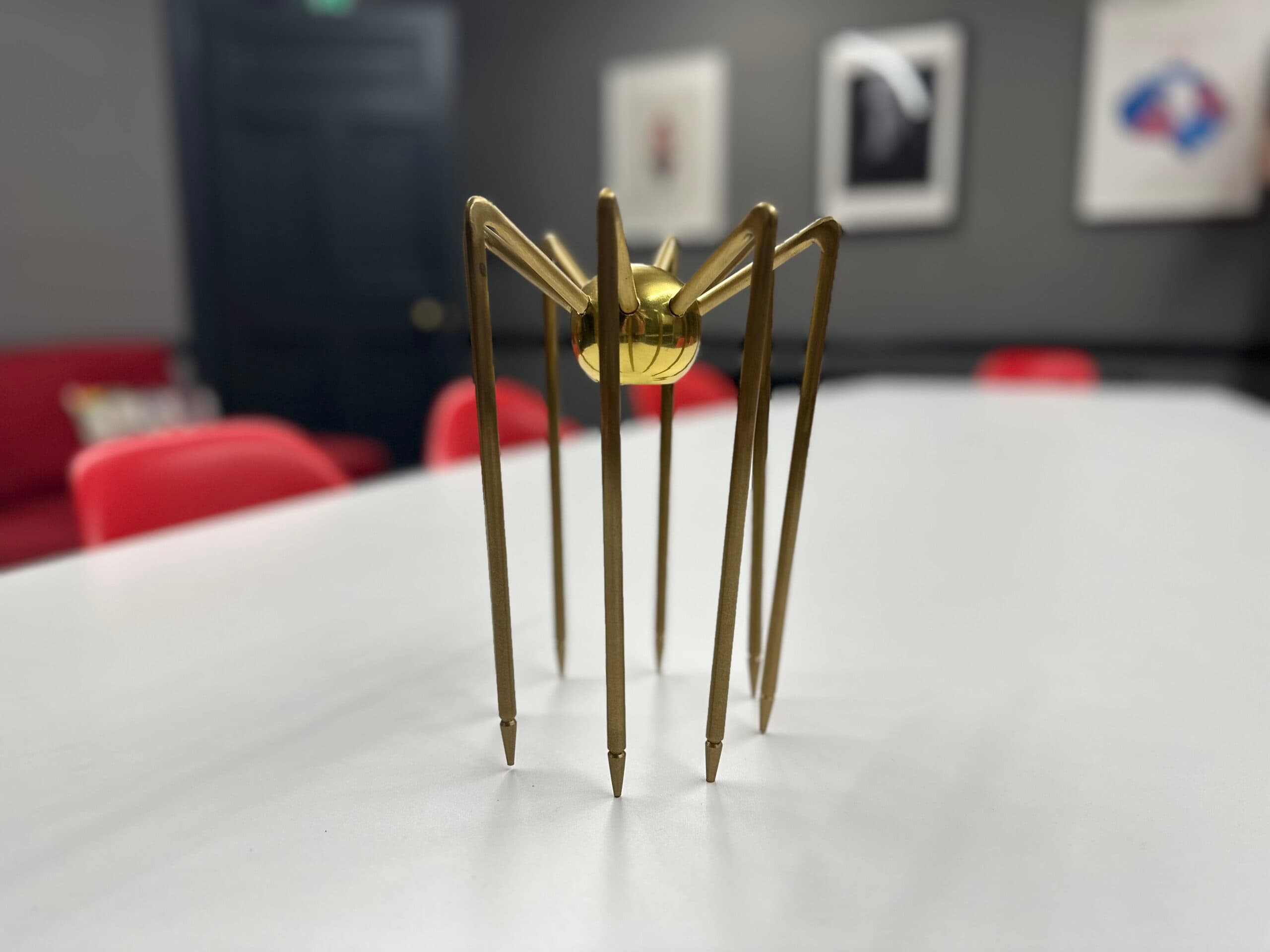UX Theatre: Fur coat and no knickers!
We have seen the emergence and exponential growth of User Experience (UX) as a key design discipline over the last 10-15 years.
Services like banking, mobile phone carriers, travel and music retail have become commodities with the only differentiator aside from price being user experience. Quite often the only interface a user has with a brand is via their mobile app or website. Customers are choosing to put their money where they have the best experience with the least amount of friction.
Companies like Revolut, Apple, Airbnb and Starbucks have made good UX/CX their USP and it’s paying off in spades. User centred design thinking is an obvious strategy for a businesses to employ.
What is UX Theatre?
A problem we’re seeing is how some businesses have employed “user-centred design” as a buzzword sometimes without a full understanding of its meaning, process and value. In some cases, executives can misinterpret UX design as a euphemism for “thinking from a customers perspective” while avoiding actually talking to their users.
As UX design filters from big tech all the way down to startups and SMEs we see the emergence of what has become known as UX Theatre. This is when designers are asked to act as if they are doing the work of UX design but the teams are not given the means to implement it. UX Theatre is to design what greenwashing is to climate change. Fur coat and no knickers! It’s simply lip service to UX design.

Examples of this phenomenon include talking about users instead of listening to them. Copying competitors instead of looking at customer needs. Roleplaying the users instead of observing them. Usability testing as an afterthought instead of being part of and informing the design process.
This can lead to poor outcomes that manifest themselves as assumption based design solutions that are led by the business for the business and not the user.
Users often don’t know what they want but they are usually pretty clear about the problems they need us to solve. Design thinking will help uncover these if we ask the right questions and are given the time and resources to solve them.

Another practice that can be common place is where the results of user research are effectively ignored when they don’t align with the assumptions or expectations of the stakeholders. These practices are not only damaging to the business and its users but can also be a waste of time and money while being demoralising for a design team at the same time.
How has UX Theatre become a problem?
Budget and time restraints can be reasons for UX lip service but the focus needs to be on creating the most effective process around the budget and timeline available instead of a poor process with most of its corners cut.
Recruitment for UX can be misguided, it’s all too common to see single roles advertised that encompass a multitude of disciplines such as UX research, UX design, UI design, Service and Information Design. Unfortunately, for the most part, these unicorns don’t exist and hiring one person as a multi-disciplinary ‘UX team’ is not going to have the desired effect.
Who is responsible?
It’s too easy to blame the stakeholders. Of course they’ll jump on the UX bandwagon when they see the success of others. The penny still hasn’t dropped for a lot of them because they don’t understand the process, how could they?
Why should a stakeholder be the main advocate of good design process? The truth is the finger needs to be pointed at designers. It’s a designers job to educate, collaborate and ultimately communicate the value of the process and execution of an informed UX strategy.

Stakeholders are often the loudest voice in the room and are too often left unchallenged by designers, when this happens, unfortunately the tail can end up wagging the dog.
How can UX Theatre be prevented?
Designers need to take responsibility for across their own area of expertise, this includes project processes, having the users back, challenging assumptions right down to design team recruitment. Designers need to work closely with and bring the stakeholders on this journey and build trust.
There simply isn’t enough narrative on how UX can impact the financial performance of a product or service. Money talks! Designers need to get better at communicating the data and proof points if we’re going to inspire long-lasting change across tech.
Our ability to communicate the value and potential financial gain from designing for the user will speak volumes to the stakeholders. Sure, push back often gets pushed back but thats ok, the message has zero chance of getting through if we don’t educate and collaborate.
We can help our clients and businesses improve if we approach UX Theatre from the perspective of critique instead of criticism. By calling out UX Theatre we can show how testing and research help us design effective solutions to existing customer problems as well as providing benefits for the business. We can encourage the move from “I think” to “we saw” and “we heard.” We need to preach the gospel of UX.

A meaningful focus on customer satisfaction makes an important contribution to the profitability of many businesses. It’s time stakeholders walked the walk but its up to designers to show them how its done.
If you’d like to find out more about how we can help your stakeholders realise the value of UX for their business, do get in touch, we’d be delighted to start a conversation.
For more on this topic, how to communicate the competitive advantage a good user experience provides and how to advocate the needs of your users throughout your organisation, checkout the book User Experience Revolution by Paul Boag. A good read.


